Key takeaways
We may think that all dogs are bundles of unending energy and happiness, but it's not always the case.
In fact, they need an owner who will ensure all of their needs are met to make sure they are content and healthy.
We're exploring the 7 best ways to be a good dog owner that'll not only enrich your dog's life but will make yours a lot easier, too!
Quick Navigation
7 Ways to be a good dog owner
1. Feed your dog a healthy diet
Age: Puppies will need plenty of different nutrients to help them grow. For example, foods high in calcium will help their bones develop. Older dogs will need food that helps their joints as they become stiff in old age.
Coat: Dogs with long coats will need food that helps keep their fur healthy and luscious. Without this, they can become dull and coarse, and sometimes fur can fall out if they are deficient in an important nutrient.
Size: It's important to get your portions right to prevent obesity or underfeeding. This will relate directly to your dog's size, so do your research!
Health: Food can make a huge difference in healing and living with health problems. If your dog has any specific health issues, you should chat with your vet to get advice on the best diet for them.

2. Take your dog to the vets
Change in appetite
Acting withdrawn
Acting clingy
Whining/barking
Hiding
Excessive licking
This is the standard advice for the average pet parent. However, you should always be observing your dog's behavior.
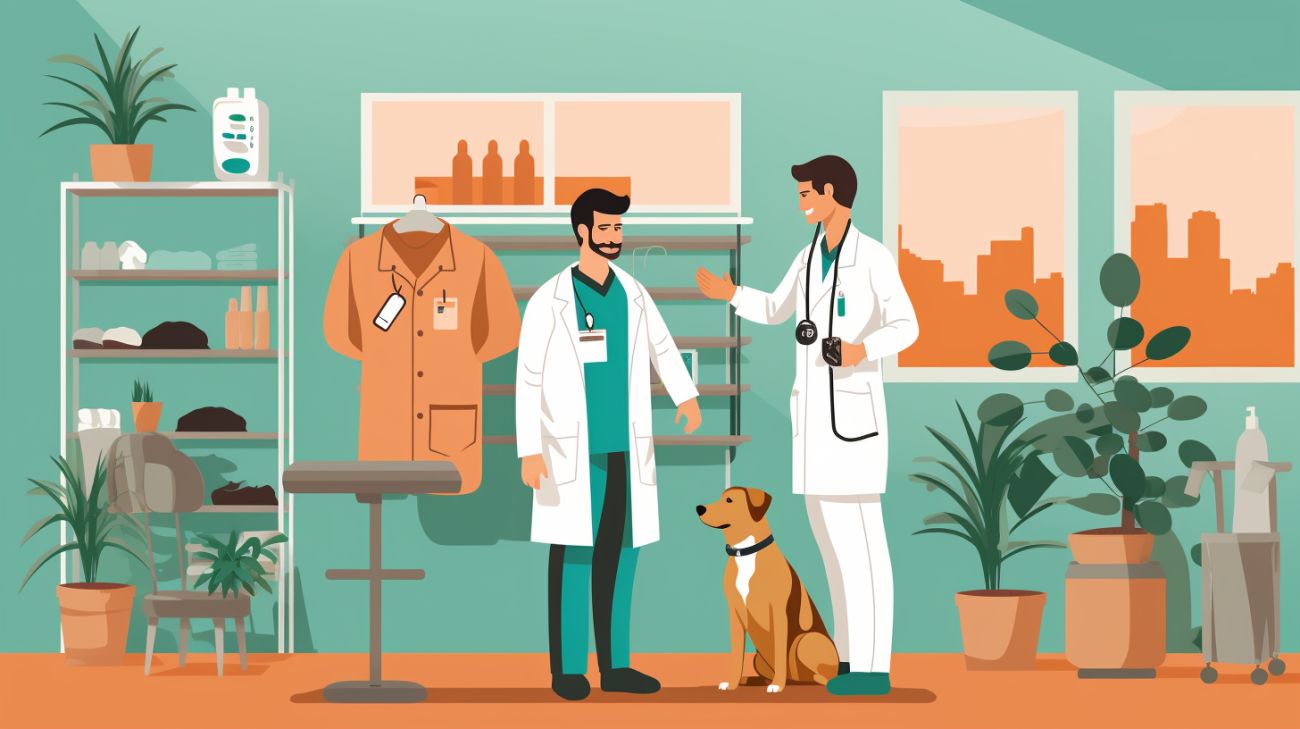
3. Get your dog microchipped
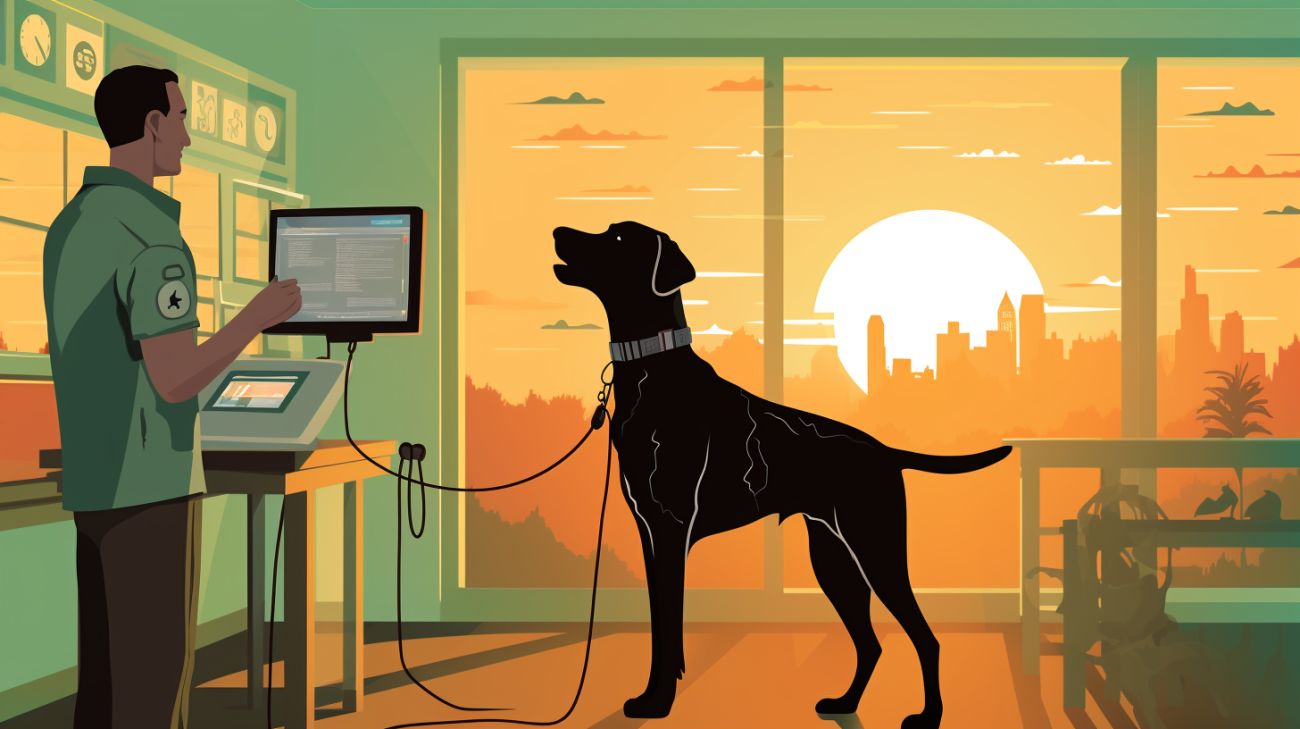
4. Ensure they are mentally stimulated
Invest in toys: Toys aren't just for a new puppy. All dogs should have access to a diverse range of toys that can stimulate different parts of their brain. Try puzzle feeders for reward-based playtime and a tug-of-war rope for bonding time.
Interactive play: It's also important not to rely on just toys. Interactive play can offer an opportunity for you and your dog to bond, as well as providing a fun and entertaining form of stimulation. Try hide and seek or racing!
Don't leave them alone: If you have to leave your dog alone, make sure it's not for over a few hours. Dogs are pack animals, meaning that to feel relaxed, safe, and secure, they need to be surrounded by other animals. Without this, they can experience separation anxiety.
Training: A well-behaved dog can make your life easier. But did you know your dog will actually enjoy training sessions? Well, it's true! Our furry friends love to please us, and they love to learn. This means learning a new trick can stimulate their brains, improve their mood, and help them bond with you.
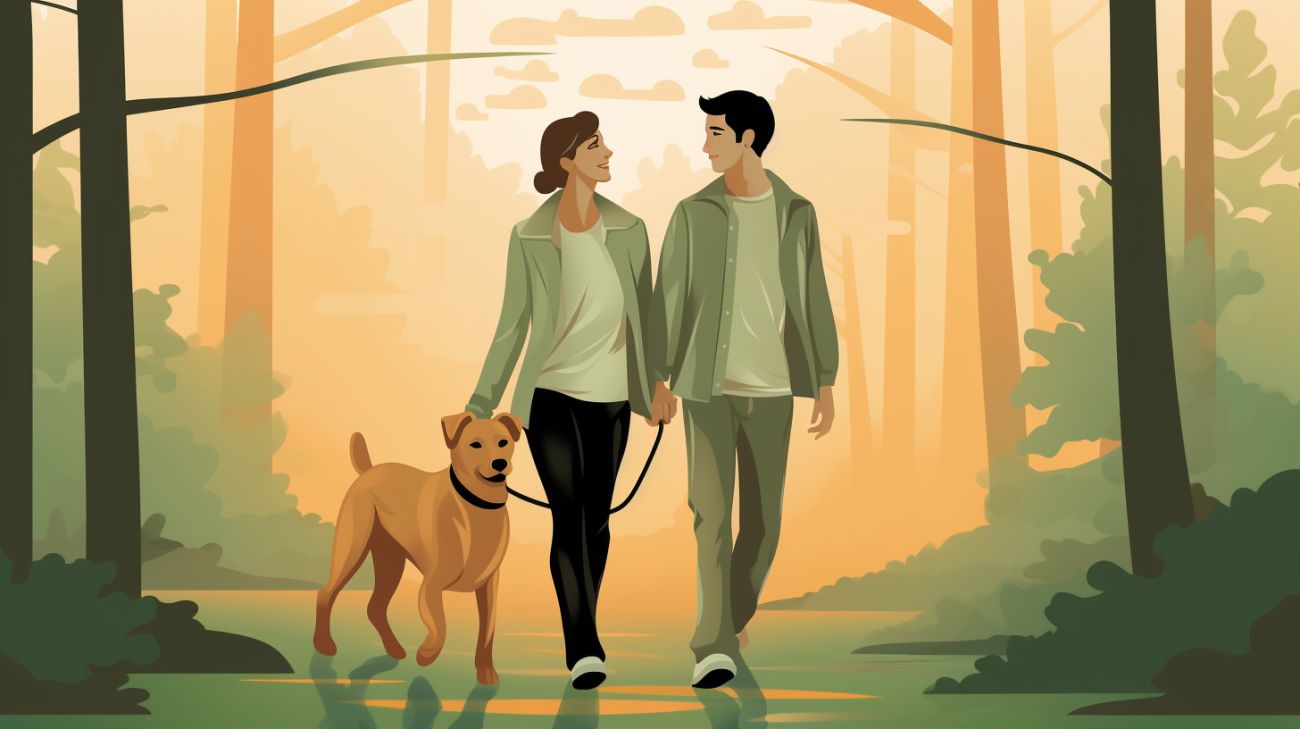
Our furry friends love to please us, and they love to learn. This means learning a new trick can stimulate their brains, improve their mood, and help them bond with you.
5. Ensure they get plenty of exercise
Your dog becoming overweight: Ensuring your dog is at the correct weight is essential. If they become overweight, it can put undue stress on their joints, heart, and muscles, leading to other health problems.
Your dog experiencing anxiety: Without exercise, your dog may feel stressed. Ongoing stress can trigger their fight-or-flight instinct, which can cause anxiety and depression and can even lead to them running away.
Your dog's joints and bones deteriorating: Without regular use, your dog's muscles will deteriorate alongside their joints. This can cause a lot of pain and lead to a tired dog all the time.
While the physical benefits of exercise may be obvious, the mental benefits of getting outside and exploring are often underestimated.
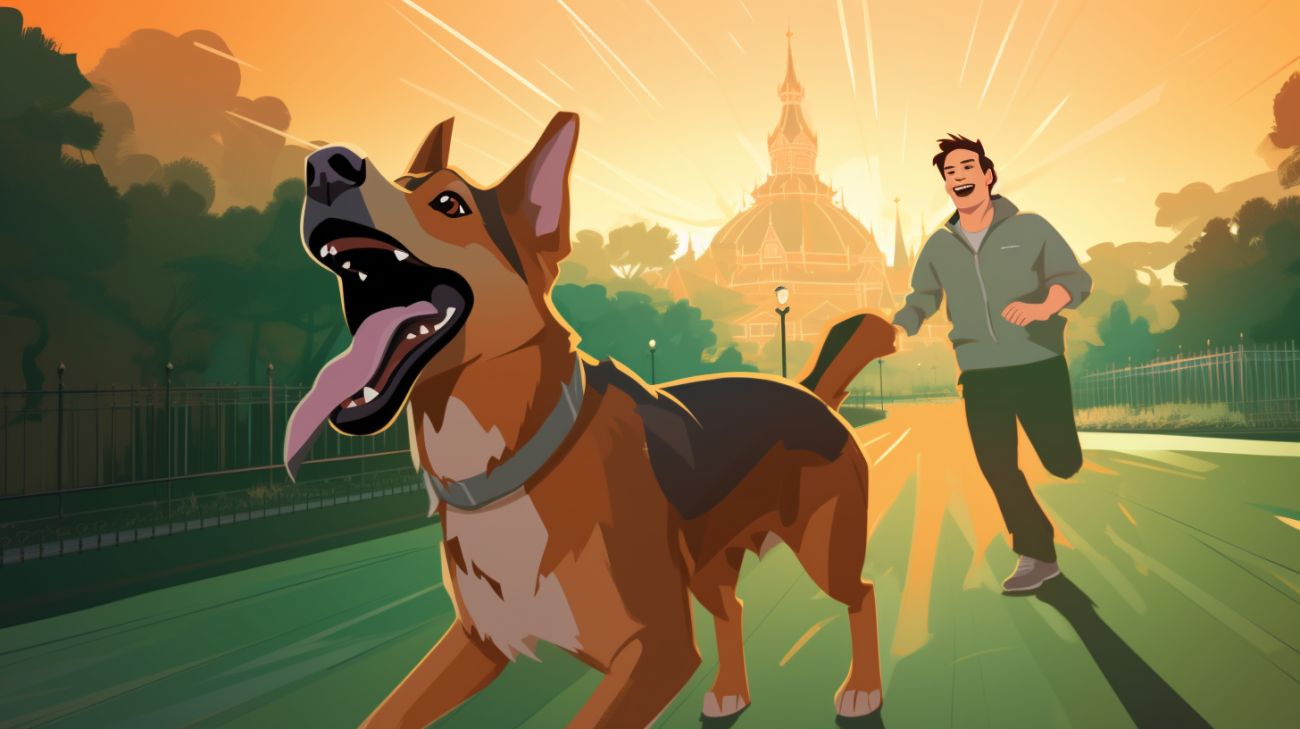
6. Train them
Not sitting on furniture
Not chewing/biting furniture
Not eating leftovers
Responding to the 'sit' and 'stay' command
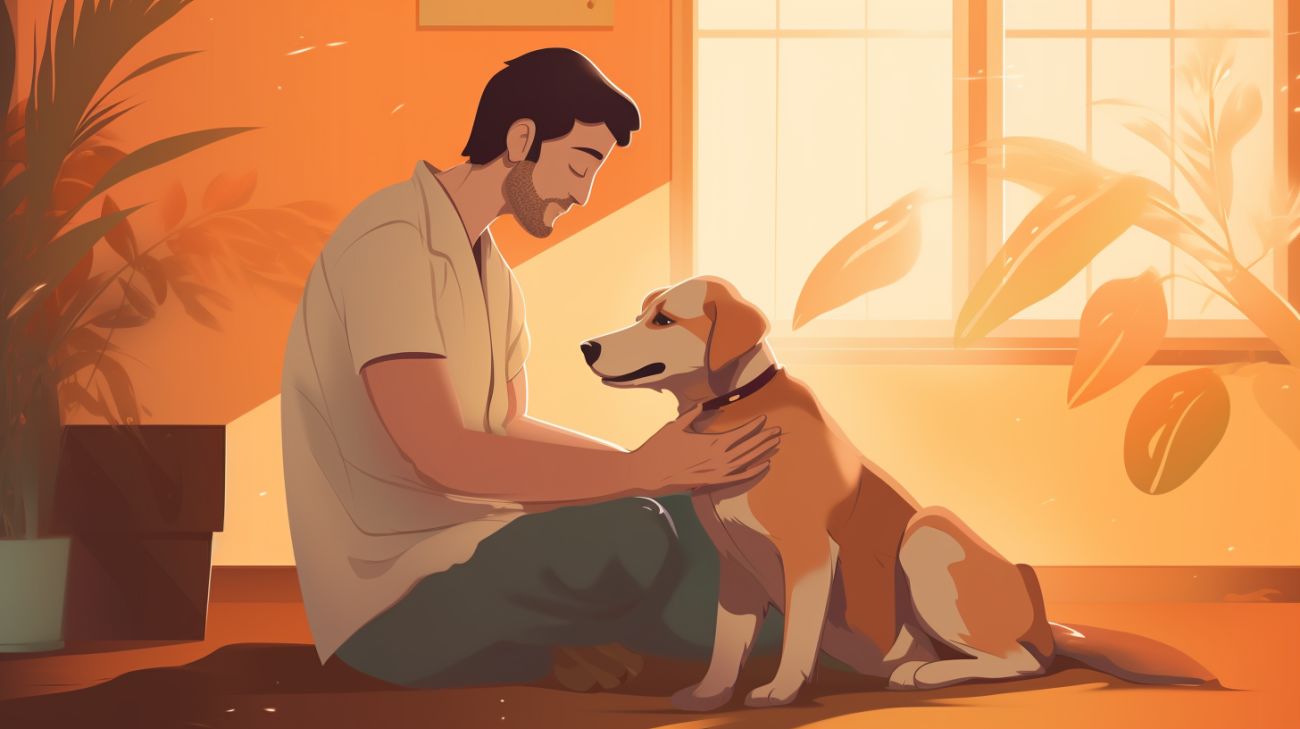
7. Socialize them
Introduce your dog to other pets: Ensuring your dog understands how to interact with other animals will mean they will stay safe on walks and visiting other people's houses. This is also a great way for your dog to make friends and have some fun playtime!
Introduce your dog to children: It's essential that your dog is not a danger to children. They should be taught to be gentle and calm around kids, and this will only happen if you introduce this experience early on. Make sure you have full control over your dog when you start this kind of socializing.
Take your dog on adventures: Taking your dog on travels with you will get them used to plenty of different scenarios. Public transport, busy cities, and wide open beaches are all confronting experiences for your dog, but if you're there with them, making sure the outcome is positive, it won't phase them in later life.

FAQs
What do dog owners need the most?
A new owner should have a few essential things when their dog arrives, and these include: A dog bed, dog food, poo bags, a leash, and a brush.
What makes someone a good pet owner?
A good pet owner is someone who understands the responsibility of owning a pet. They will also show lots of love, compassion, and devotion to their furry friend.
What are the 7 basic needs of a dog?
The seven basic needs of a dog include: A healthy diet, fresh water, physical exercise, attention, a warm and safe house, love, and mental stimulation.
What is the hardest thing about being a dog owner?
The hardest thing about being a dog owner is the distress and worry for their wellbeing. If your dog gets injured, sick, or becomes lost, it can be a heartbreaking situation.
Do dogs have emotional needs?
Yes, dogs do have emotional needs. They need attention, mental stimulation, and love in order to live a happy and healthy life.
What does a dog need to be happy?
A dog needs physical exercise, mental stimulation, attention, and a healthy diet to be happy.



